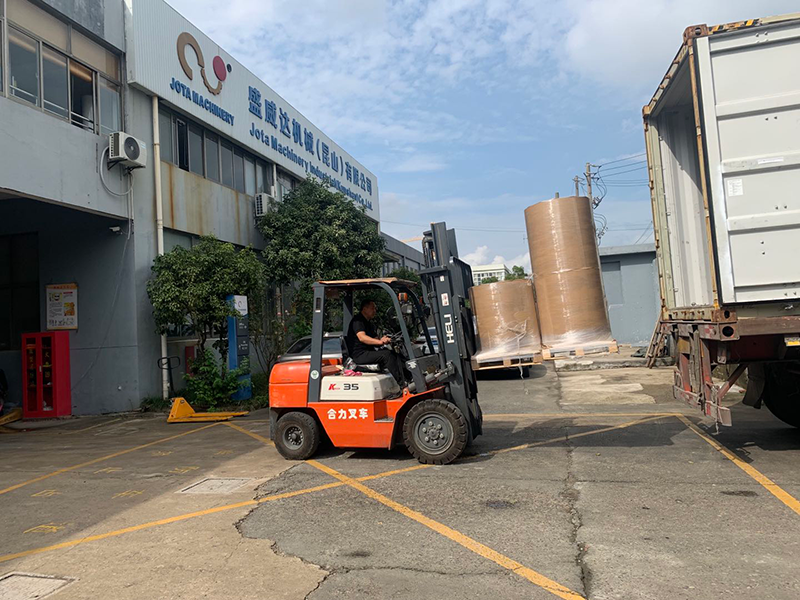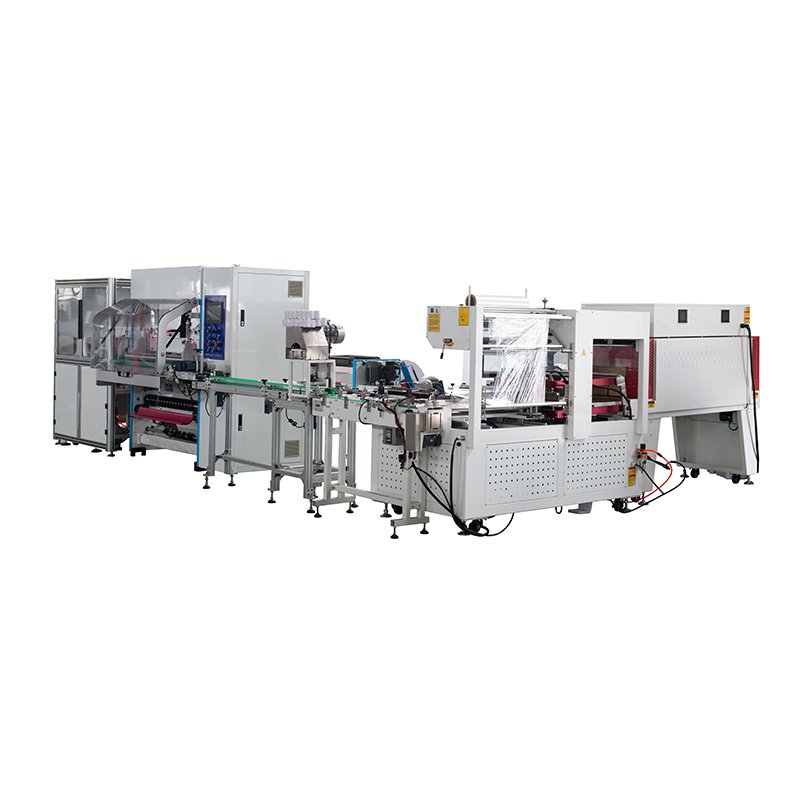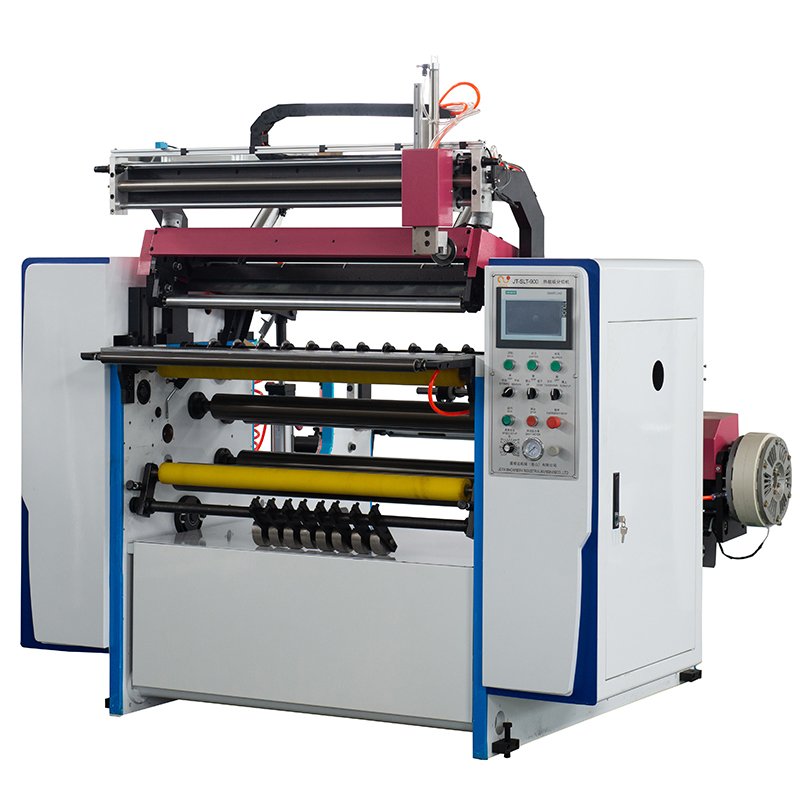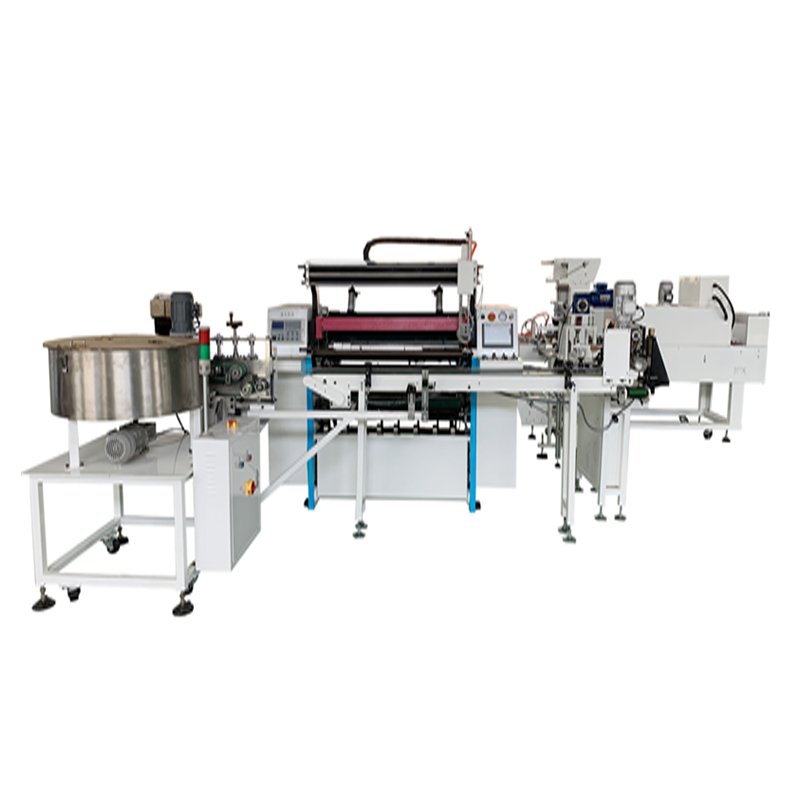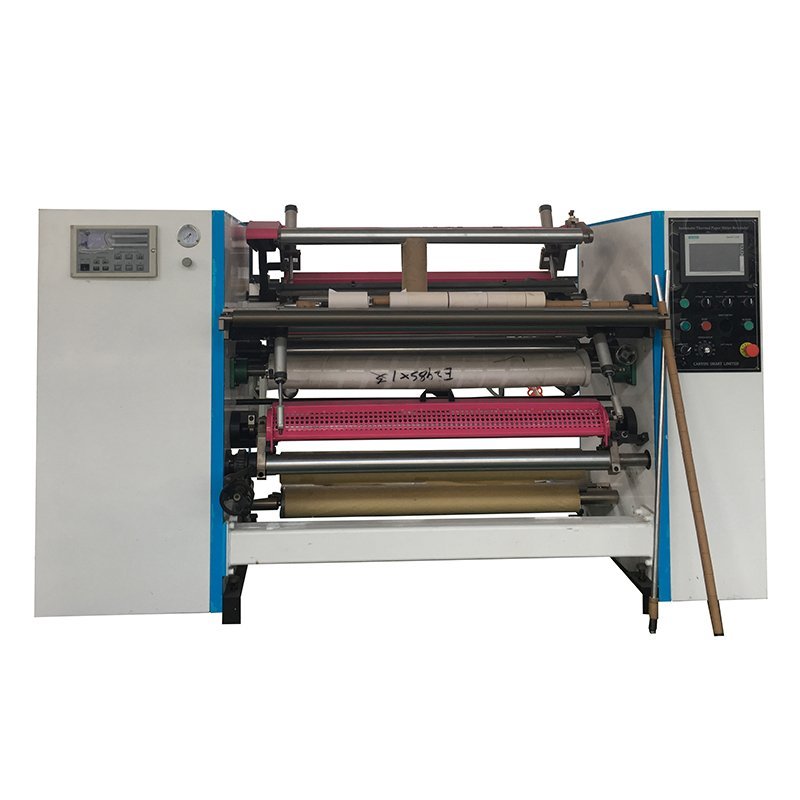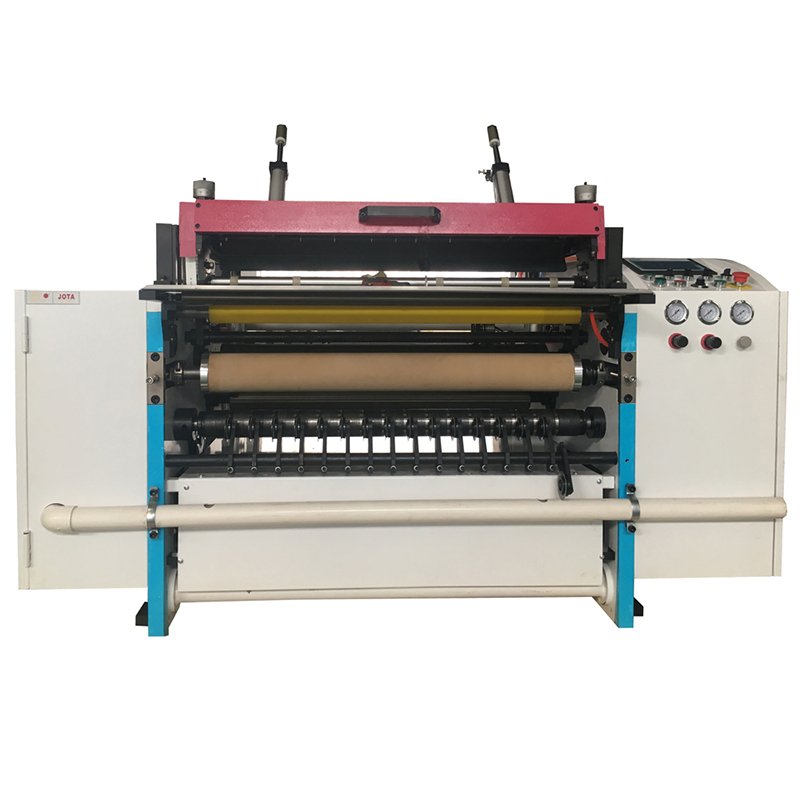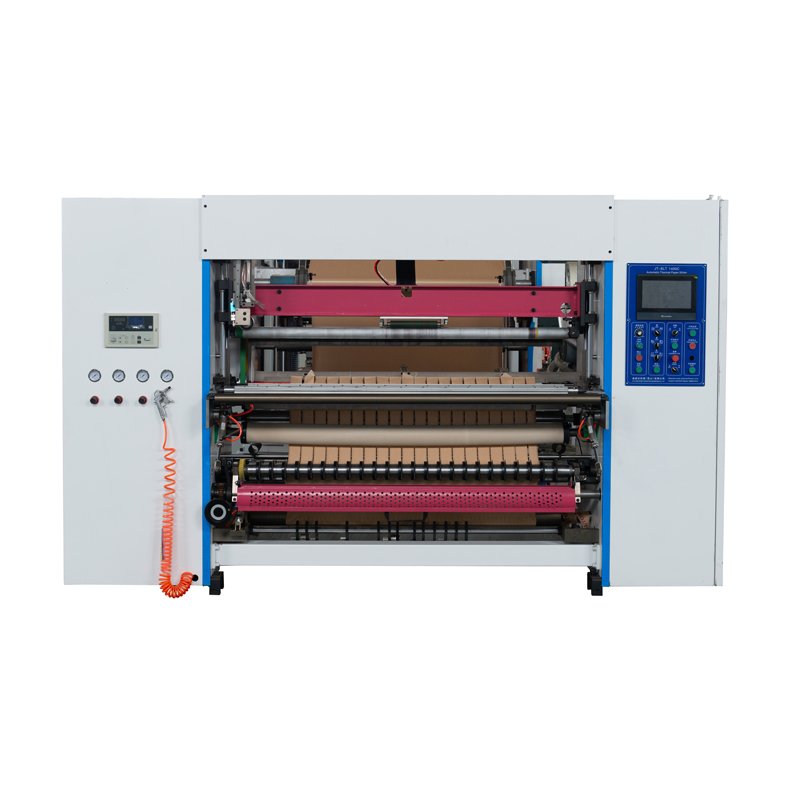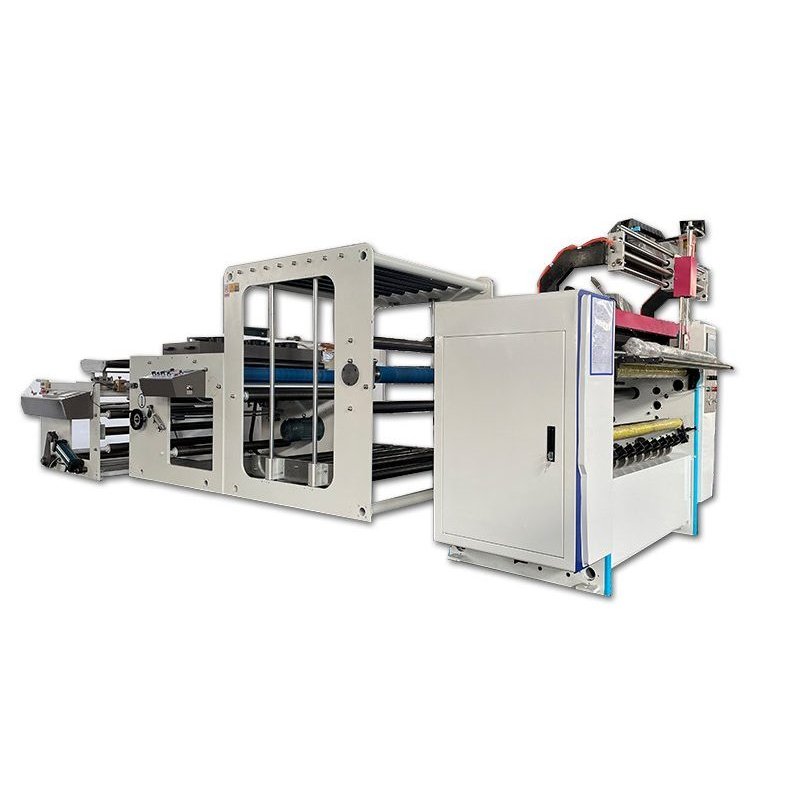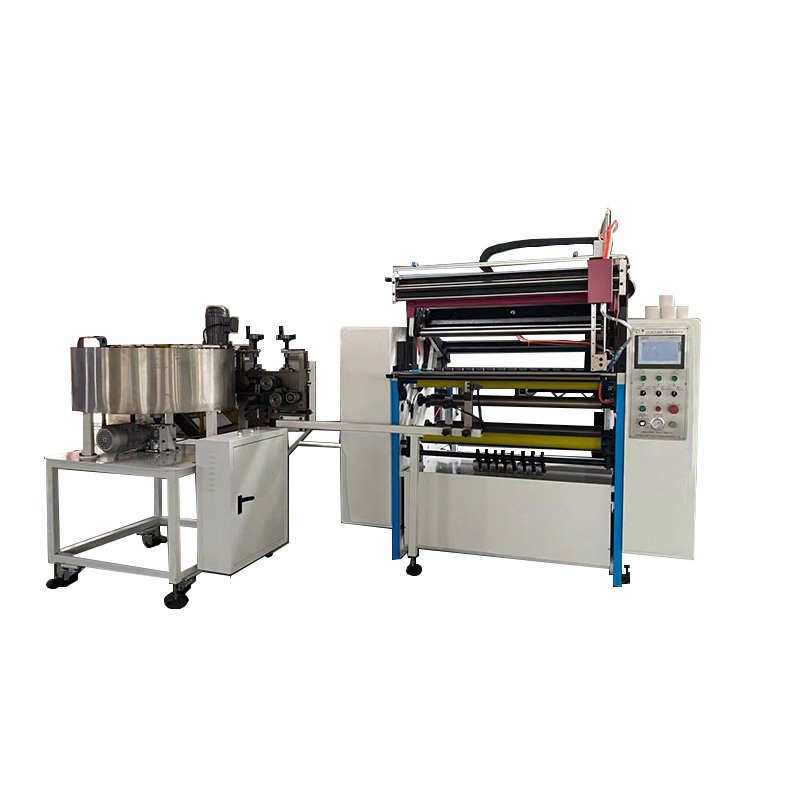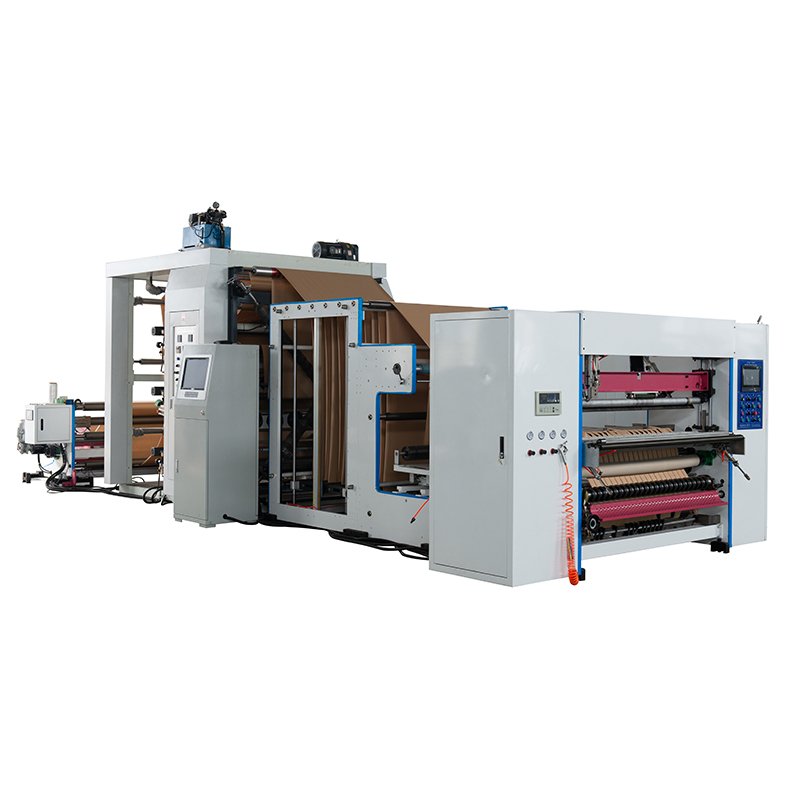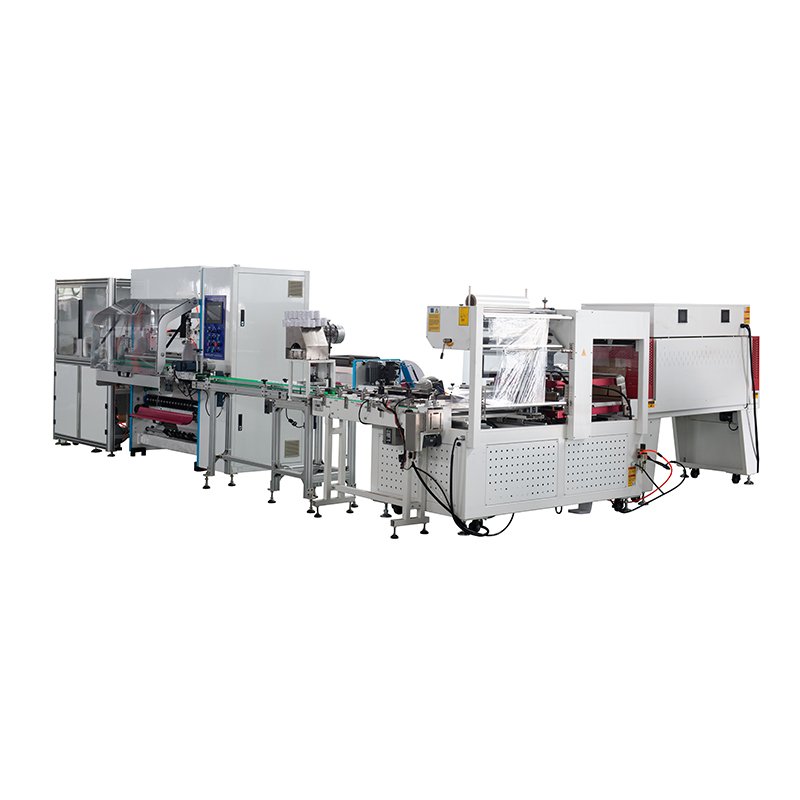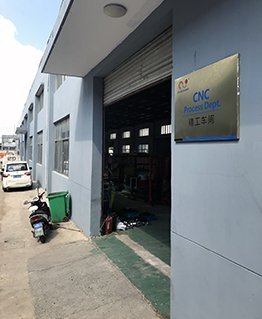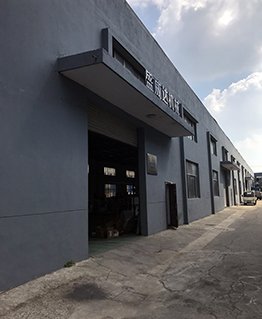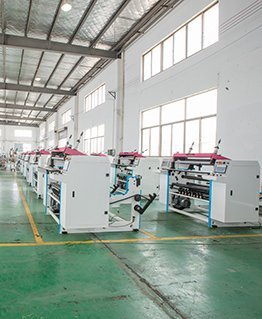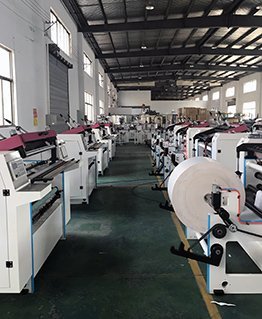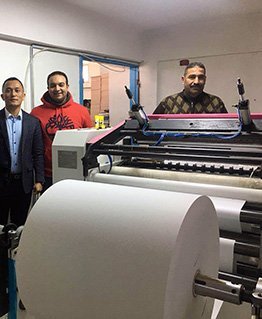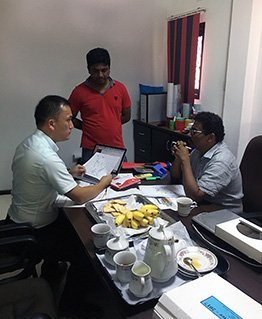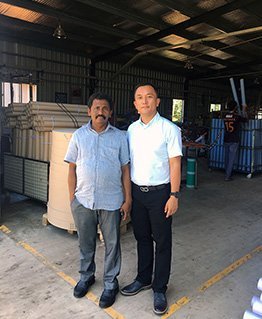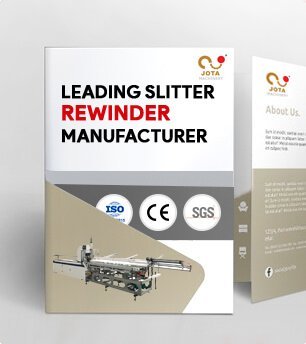Leading Thermal Paper Slitter Rewinder Machine Manufacturer
- Various type thermal paper slitting machine available
- Adopt famous brand spare parts
- Choice of Portugal famous brand Navigator
- Customer service footprint across the world
Thermal Paper Slitter Rewinder Machine
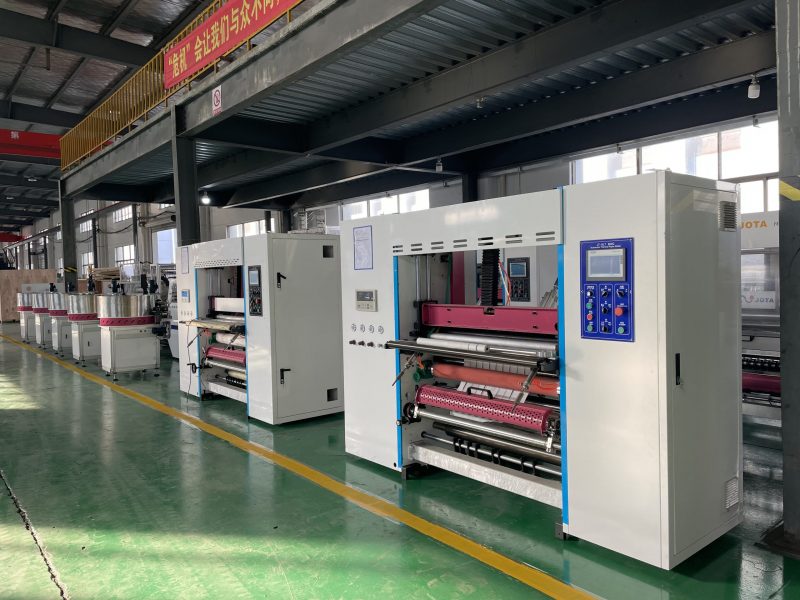
Thermal Cash Register Paper Slitter Rewinder is always Jota’s core product from the very beginning.
Jota thermal paper slitting machine’s iconic clients include Navigator, SS Labels, K.M.S Group, etc.
When you are shopping in the supermarket or having dinner at a restaurant and swiping your credit card, there is a small cash roll of paper, which is very popular nowadays. It is thermal reception paper or thermal cash register receipt paper. There is a great demand for this kind of paper in the current market, and it penetrates all aspects of your life. Therefore, the thermal paper slitting converting should be a good business for you, it is with a small investment and quick return.
As a professional thermal paper slitter rewinder machine supplier, after 20 years of industry precipitation, we could now provide a full set of thermal paper cashier receipt solutions chain from A to Z, from base thermal paper mother roll, paper core (plastic core), thermal paper slitter rewinder Machine, thermal paper printing machine, cash roll finishing wrapping line, and packaging film, we could provide a full set of professional solutions.
Submit your requirements now, we will recommend a suitable thermal roll slitting machine to you.
Jota Machinery: Your Trustworthy Thermal Paper Slitting Rewinding Supplier in China
Jota is a reliable thermal paper slitter rewinder supplier, we have our own factory and CNC center.
We are able to offer a one-stop solution for your thermal paper roll business.
To OEM your desired thermal paper roll machine, please submit your request to get a quote.
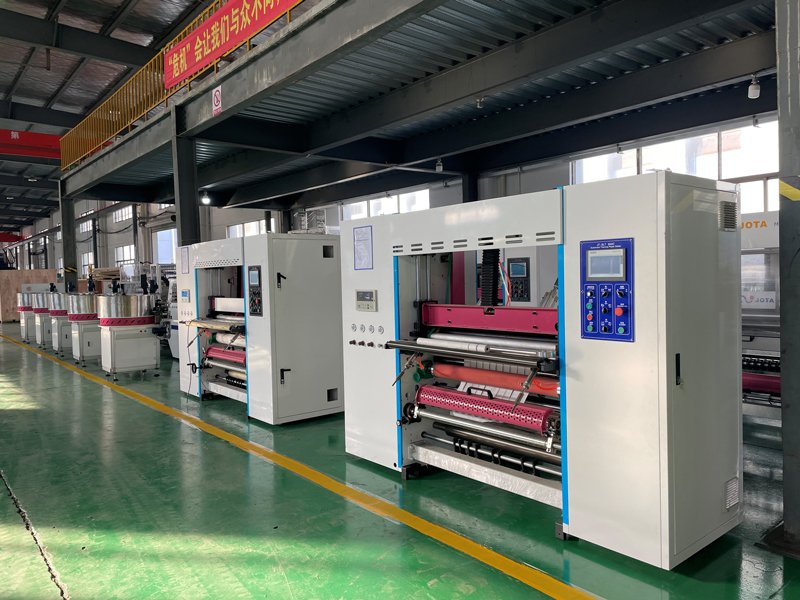
Machining Material
- Visible high-quality components
- Famous brands such as Siemens, Yaskawa, Delta, Schneider, Mitsubishi
- Self-supporting CNC processed sheet metal, precision parts
- Assembly raw materials provided by long-term cooperation suppliers
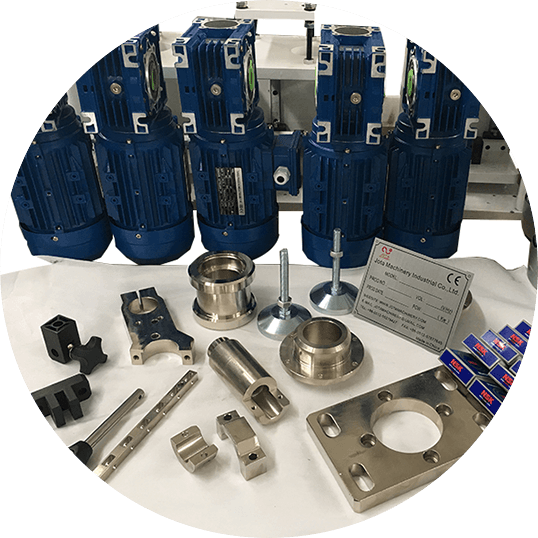
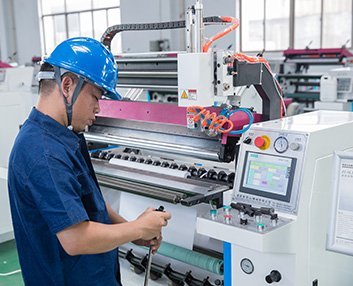
Installation and operation user manual, wire connection diagram, tension controller guide.
Installation and operation video tutorial.
One-on-one remote video call assistance.
On-site installation and operation guidance.
- Factory
- Customer
- Specs
| Max. Unwinding Width | 1400mm |
| Max. Unwinding Diameter | 1000mm |
| Max. Rewinding Diameter | 300mm |
| Min. Slitting Width | 25mm |
| Max. Machine Speed | 300m/min |
Around 30-45 days, mainly depends on machine type.
Sure, it is our honor to work for you.
We will offer you some parts as backup, in case any part is broken within one year, we will sent you for free.
Sure, if we have client in your country, we will offer.
8 Points to Help You Recognize Thermal Paper
Last Update Time:29/03/2022
The thermal paper refers to a special kind of paper used in thermal printers for inkless printing. The papers have special design features that make them change color whenever they are subjected to heat.
This is possible due to the heat-sensitive dye and developers used in coating the paper during the process of manufacturing.
The specific composition and components of the thermal paper will vary greatly depending on the manufacturer as well as the specific type of paper being developed. However, thermal papers, even if from different manufacturers, share a few basic similarities.
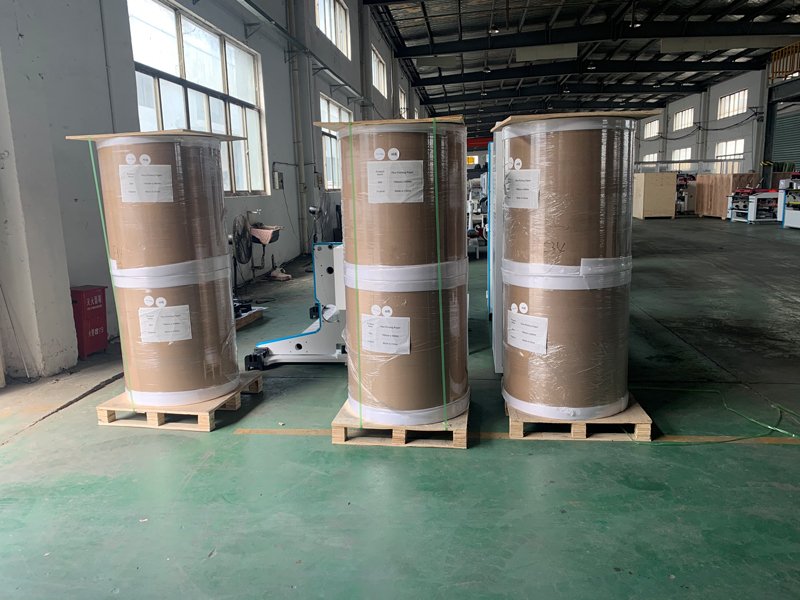
Thermal Paper Structure – What are the Layers of Thermal Receipt Papers?
A thermal paper comprises three main layers. The very first layer is the base paper. The base paper is usually made from ordinary paper obtained from wood pulp.
Following the base layer is a precoat layer. The main purpose of this layer in the manufacturer of thermal papers is to improve the overall uniformity, smoothness, heat insulation, and anchoring of the thermal paper layer.
It is the layer responsible for filling the empty spaces that may be present between the paper surface fibers, leading to the formation of a smooth surface for easy printing.
As an anchor or a stabilizer, the precoat is responsible for absorbing the activated dye mixture during a printing session.
This action is also vital in preventing the melted dye from getting into the thermal print head where it may cause a mess.
The final layer in the design of a thermal paper is the thermal layer or the thermal coat. This coat features a variety of chemical compounds whose goal is to produce an image once the paper is exposed to heat.
Some of the compounds you are likely to find in this layer include developers, sensitizers, and Leuco dyes. The black color responsible for creating the prints or the images during the printing process is usually from the leuco dyes.
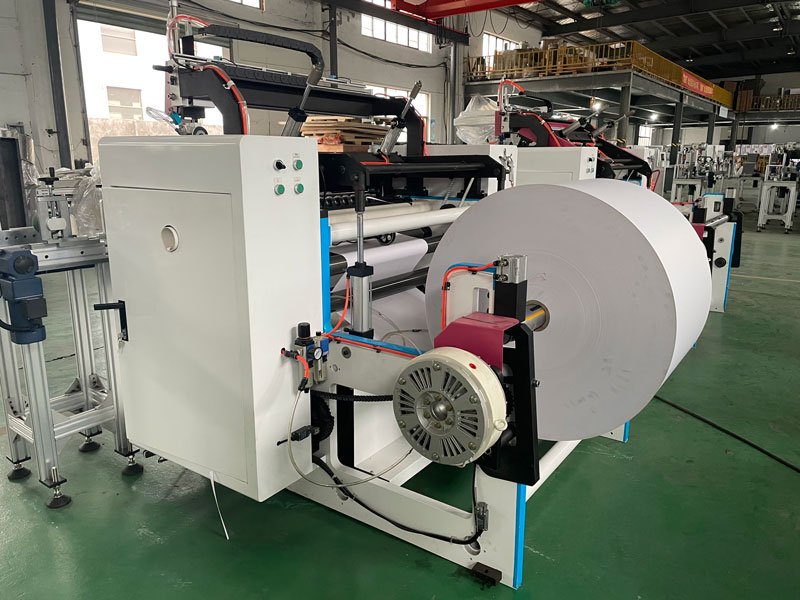
During the manufacture of the paper, at the point of initial application, the dye is normally made from colorless crystals that have been grounded into a fine powder.
When the paper is exposed to the printer head, the heat will cause the crystals to melt whenever there is contact between the printer head and the thermal paper.
The melted crystal will then mix with an organic acid also contained in the paper’s composition leading to the formation of opaque color.
This organic acid is the developer already mentioned above. Some of the most commonly used developers are Bisphenol A – BPA or Bisphenol-B –BPS.
The final component that you will find in the thermal coat of a thermal paper is the sensitizer. The work of the sensitizer is to adjust the temperature that when reached, image prints on the thermal paper.
The sensitizer also works as a mixing agent for the dye and developer to mix properly on the paper.
Some thermal papers may be manufactured with extra protection for the images on both the back and the front.
This is not a necessary addition, but some manufacturers will include a reverse coat and a top coat to enhance the quality and the longevity of the thermal paper.
Thermal papers with topcoats are known to not only last long but also allow for very high-quality printing.
After the coating of the paper is completed, the papers will then be rolled into massive rolls known as jumbos.
At this stage, the rolls are ready to be taken to various machinery, and can also be subjected to additional processes to meet the needs of the customers.
For instance, it is at this stage when the rolls are subjected to a thermal paper cutting machine or thermal paper roll slitting machine to process it further according to the requests of the customers or as demand would dictate regarding the sizes of the papers.
How to Test for Genuine Thermal Papers – How to Recognize Thermal Papers
- The surface test
- The fingernail test
- The fire test
- Thermal printer test
The popularity, efficiency, and cost-saving aspects of thermal papers have made them the preferred receipt material for millions of businesses across the world.
This has also opened opportunities for vendors, manufacturers, and wholesalers to make some profits through the sale of the papers.
So easy is the business that anyone with a thermal paper roll cutting machine can start dealing in thermal papers.
However, this has brought a huge problem with counterfeits. Since the demand for the papers is high, there are certain unscrupulous traders who are keen on conning buyers in need of thermal papers by selling them fake or poor quality thermal papers.
To avoid these kinds of scams, it pays to know how to identify genuine papers so that when you go out shopping, you are certain that you will be getting the right value for your money.
The good news is that there are various ways through which you can test the genuineness of thermal papers.
You don’t need any special technique or equipment, and with most of the methods, it will take you less than a minute to tell if you are holding a fake paper or genuine thermal paper. Here is a brief look at some of them-:
The Surface Test
The surface test is one of the easiest tests you can do on thermal paper to check whether or not it is genuine. Thermal papers usually come with a glossy surface.
By simply feeling the surface and then comparing the texture to other receipt paper types such as bond paper and carbon paper, you can easily tell whether or not what you are holding in your hand is genuine.
This test, may, however, become very challenging if you are making the comparison with finely manufactured bond paper.
Some bond papers may also have very smooth surfaces. If you can’t be certain of the results of this test, simply move on to the next test described below.
The Fingernail Test
This is another easy test you can use to identify the thermal paper. With this test, all you have to do is scratch the surface of the paper using your fingernail. Thermal papers are designed with a chemical coating on the surface.
When the coating is exposed to heat, it will leave a black mark behind. When you scratch the surface with your fingernails, some form of heat will be generated and it should be sufficient to leave a black mark where you scratched.
If you do this and you don’t see any black marks on either side of the paper, then there are very good chances that you are not handling thermal paper.
The Fire Test
It is also possible to tell if a thermal paper is genuine by using the flames of a fire. With this approach, you will place the paper near an active flame – the flame doesn’t have to be too hot.
After placing the paper close to the flame, watch keenly to see if it gets discolored. If the flames make it discolor, then it is genuine thermal paper.
If, however, no discoloration happens after exposure to a flame, then the paper may not be a genuine thermal paper.
This is because thermal papers contain chemicals that will react with the heat to cause discoloration or the formation of black color.
Thermal Printer Test
Thermal papers are designed to be used with thermal printers. If you can get your hands on a thermal printer, then this is one of the most guaranteed ways to tell the authenticity of the thermal paper.
With thermal printers, heat instead of an ink cartridge is used to produce the text or the image on the printing material.
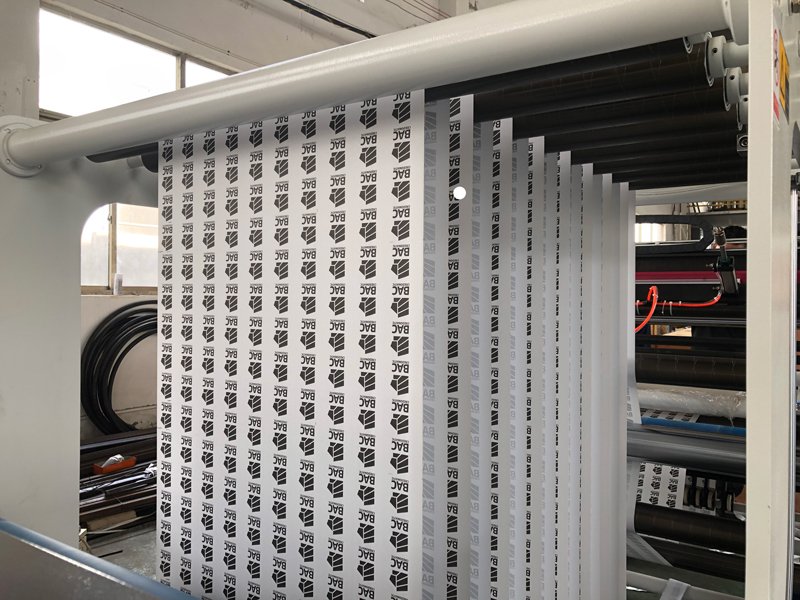
If you try printing on the paper in question using a thermal printer and you don’t see any images, then it means that the paper is not genuine thermal paper.
This is because it lacks the necessary chemicals needed to react with the heat generated by the printer to form the images.
The source of the thermal paper
- Reputable online platforms
- Reputable thermal paper manufacturers
- Trusted Suppliers
This is not really a test, but a great way of ensuring that you don’t deal with traders that might end up selling you fake thermal papers.
By using legit sources to get your thermal papers, you can rest assured that you will be getting legit deliveries.
Just like with buying anything else, if you use less reputable vendors, sellers, or manufacturers, you risk ending up with substandard goods.
For quality thermal papers, here are some of the places you should consider sourcing your supplies-:
Reputable online platforms
There are very many online platforms selling thermal papers. Since all you need to start this business is a thermal paper roll slitting machine and a thermal paper supplier, anyone with the ability to access these two can start selling thermal papers.
However, this is not an indication that they are the real deal. With so many scammers online, you should be very cautious before you order your supplies from the first vendor promising to give you a generous discount when you buy from them.
Take time and do due diligence to ascertain that they are reputable and you won’t be risking your money or time dealing with them. Here are a few tips to help you with the due diligence-:
- Check their website for red flags – reputable online vendors have professional websites giving detailed information about their business, including the range of products they deal in. If you log into their website and you feel it is not professional enough or it doesn’t have vital details such as a physical address or a phone number, just know that you could be dealing with a scammer.
- Check their range of products – never agree to work with an online vendor promising to deliver a product that they haven’t listed on their website. Go through their product listings and see if they have the kind of thermal paper that you are looking for. Ask them to ascertain if they have the right quality as well as the right sizes you are interested in. If you can’t see what you are searching for, don’t deal with them even if they promise you the best available discounts.
- Read reviews – strive to work with online vendors that are already established in the industry. The best way to know this is to check out reviews posted by past clients. The reviews will give you valuable insights into the reliability of the vendor and also prepare you for the experience you can expect based on their past interactions with clients. If you don’t like what you are reading in the review, then don’t work with them.
- Ask for references – suppose you want to order in bulk, but you are worried that the supplier may not deliver, simply ask them for references to past clients whom they may have shipped your kind of order to. If they provide a reference, make contact with them and inquire about their experience in dealing with that vendor. If you receive a positive response from the reference, then you can go ahead and place your bulk order.
Reputable thermal paper manufacturers
If you are interested in bulk thermal papers or you are also asking around for thermal paper roll cutting machine price because you want to start the business, then your goal should be to secure thermal paper from the manufacturers.
Research the top-rated thermal paper manufacturers then contact them directly regarding your purchase.
Getting the paper from the source in this manner will not only guarantee quality products, but since you will also be buying in bulk, you will benefit from generous discounts that might end up saving you a lot of money in the long run.
Trusted Suppliers
Apart from getting thermal papers directly from manufacturers and trusted online sources, you can also get the papers from trusted suppliers within your region.
You must take time to research the suppliers and determine that they will be the right fit for your needs.
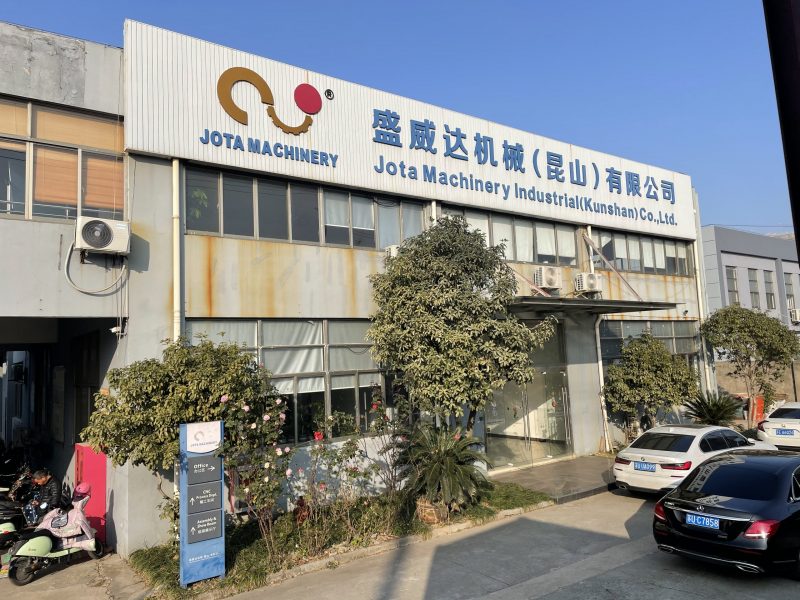
Just like with the online vendors, take your time and do some serious due diligence or you may end up with a supplier that will deliver nothing but pain and suffering for your business.
What Are the Dangers of BPA and BPS in Receipt Papers?
You have probably heard about the health concerns surrounding the use of BPA and BPS on receipt papers.
Before revealing to you the specific dangers associated with these chemicals on receipt papers, it is important that you know that the use of BPA was banned on baby bottles and sippy cups.
The reason for the ban was that the increased accumulation of chemicals in the body comes with certain health risks.
Studies suggest that increased exposure to BPA comes with increased risks of certain forms of cancer, including breast cancer and prostate cancer.
The other health risks associated with too much exposure to the chemical include brain development abnormalities, reproductive development abnormalities, and cardiovascular diseases among others.
Almost all the risks associated with BPA and BPS are believed to arise from the fact that these chemicals can mimic the biological functions of estrogen, and with high estrogen levels, there is a superfluity of health issues that you can deal with.
For example, high estrogen levels may interfere with both the male and female endocrine and reproductive systems.
In the same manner, high levels of BPA in the body are associated with a variety of health conditions such as heart diseases, diabetes, inflammation, impaired kidney and liver functions, impaired learning, and altered thyroid functions.
In women, high levels of BPA have been specifically associated with reproductive issues such as infertility, miscarriage, polycystic ovarian syndrome, and increased risks of breast cancer.
In men, on the other hand, the specific health risks associated with chronic levels of BPA in the body include low sex drive, lower sperm quality, and irregular concentration of sex hormones.
You may not be a cashier and you may not work a job where you handle lots of thermal papers daily, but the fact remains that you are always exposed.
This is because thermal papers are nearly everywhere and if you make any purchase, you are likely to find yourself handling one – you will find them in train tickets, movie tickets, parking lot tickets, grocery store tickets, airplane boarding pass, ATMs, and even on prescription labels on bottles.
How Can You Reduce Exposure to Toxic BPA and BPS in Receipt Papers
With the knowledge that the receipt papers contain BPA and BPS which makes them toxic, it is vital that you take every precaution you can to reduce exposure to these papers.
Some of the measures you can adopt to reduce exposure include-:
Going paperless
Getting rid of thermal paper receipts will greatly lower exposure to BPA for both staff and clients. This simply means that you don’t have to print receipts on thermal papers.
A great way to do this is to stop printing receipts and instead introduce their digital version which can be shared electronically.
With such, once a customer completes their purchase, they will have their receipt sent to them via email. Should they choose to print it, then they can use safer papers that don’t have BPA.
Consider using alternative receipt papers
If you have to issue paper receipts in your business, then look for BPA-free receipt papers. Also, there are lots of safer phenol-free papers that come with no adverse risks to human health.
By using receipt papers without BPA or BPS, you effectively remove any exposure that might have been occasioned with the use of the harmful thermal papers.
Don’t give out receipts unless necessary
You can always ask a customer if they need a receipt before you print it out. If they say they don’t mind leaving it behind, then you don’t have any reason to print it.
Also, there are measures you can put in place to limit the number of receipts that you print for customers.
Apart from issuing receipts to customers on request, you can decide to print receipts only for purchases above a certain amount.
For example, print receipts only for purchases above $100. Also, if the transaction has been recorded electronically, there is no need for you to print merchant copies of the receipts.
Ask the cashier to drop the receipt in your bag
If you go shopping and you don’t want to touch the receipt, simply ask the cashier to drop it inside your bag.
This sounds extreme, but it will help you reduce the exposure, especially if you belong to a high-risk population such as expectant or nursing mothers.
Is Receipt Paper Made from Trees?
Yes, it is true that receipt papers are made from a tree. For receipt papers made from thermal papers, the base layer is normally made from a paper substrate obtained from wood pulp trees.
There are also other receipt types such as those made with wood-free paper which doesn’t feature the use of trees.
Is BPA-free Thermal Paper Available?
Owing to the health concerns of BPA used in thermal papers, there has been a need to develop BPA-free thermal paper as an alternative for receipt papers.
Currently, the best alternative for Bisphenol A is Bisphenol S – BPS. Other alternatives to BPA-free thermal papers worth checking out include wood-free paper and carbonless paper – both of which can be used for printing receipts in other similar applications.
What are the modern applications of thermal papers?
Thermal papers presently have wide and varied applications, cutting through an array of industries. Some of the common applications include-: printing POS and credit card receipts, printing ATM receipts, printing tickets for lottery, cinema, parking lots, etc.
Thermal papers are also used in ECG machines, ultrasound machines, and other types of medical machines where clear and accurate prints are needed.
At What Temperature Does Thermal Paper Change Color?
Usually, thermal papers will change color when they are exposed to temperatures above 1500F (660C).
This is the temperature at which the heat-sensitive chemicals used in the paper will start to melt to make the prints or create an image.




